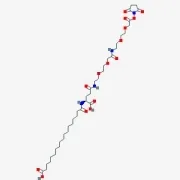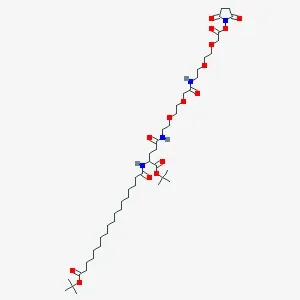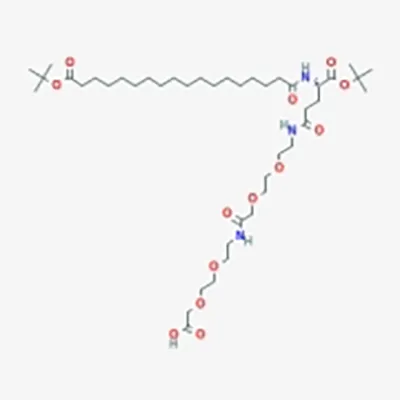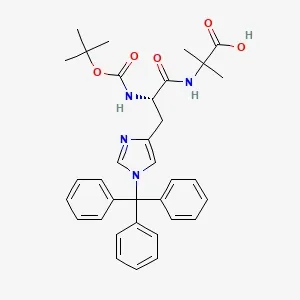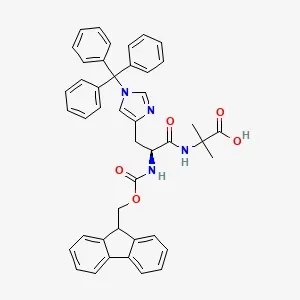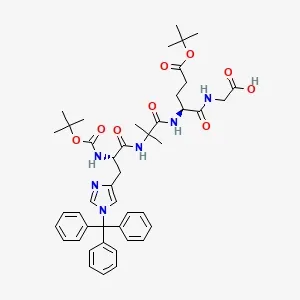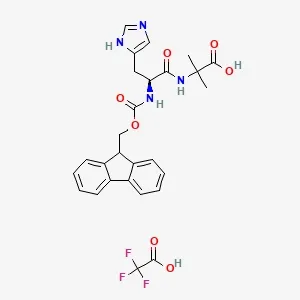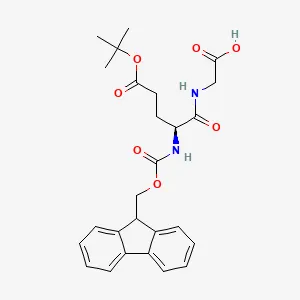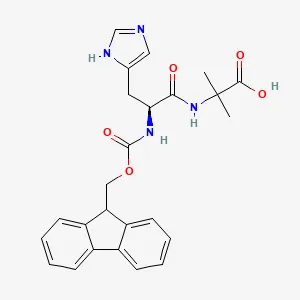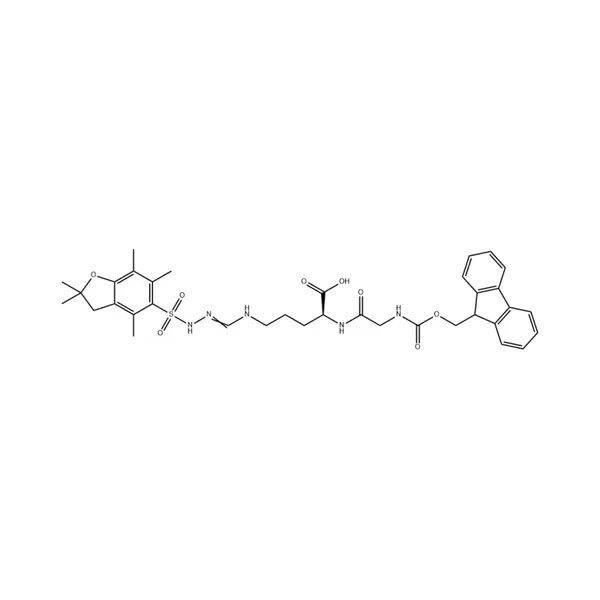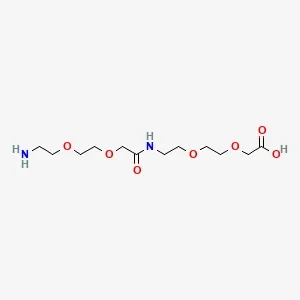
Amino Acids & Derivatives for Peptide Synthesis
AEEA-AEEA
AEEA-AEEA (CAS No. 1143516-05-5, molecular formula C₁₂H₂₄N₂O₇) is a white solid used as a flexible spacer in peptide synthesis, especially in compounds like Semaglutide and Tirzepatide. Formed by two AEEA units, it improves solubility, structural spacing, and stability without interfering with peptide activity. It is supplied in 25 kg drums, with a monthly production capacity of 300 kg, and should be stored in a dry environment at 20 °C under inert gas to preserve quality.
- CAS No.: 1143516-05-5
- Molecular Formula: C₁₂H₂₄N₂O₇
- Purity: 99% min

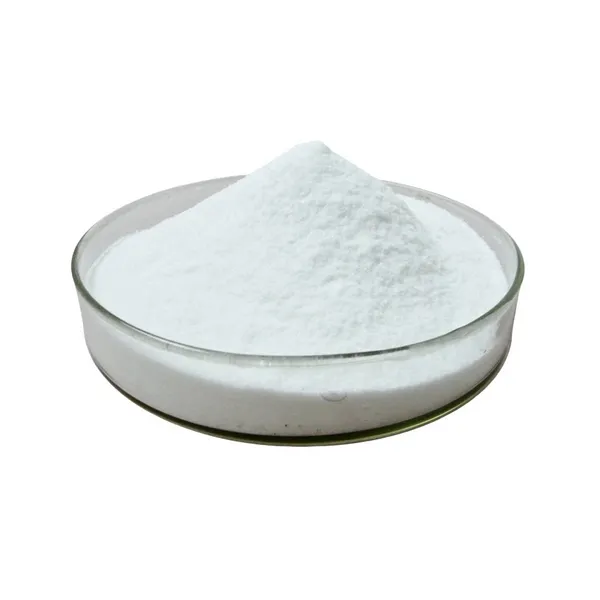


![Fmoc-L-Lys[Oct-(otBu)-γ-Glu-(otBu)-AEEA-AEEA]-OH](products/2-2-1-fmoc-l-lys-oct-otbu_01.webp)
